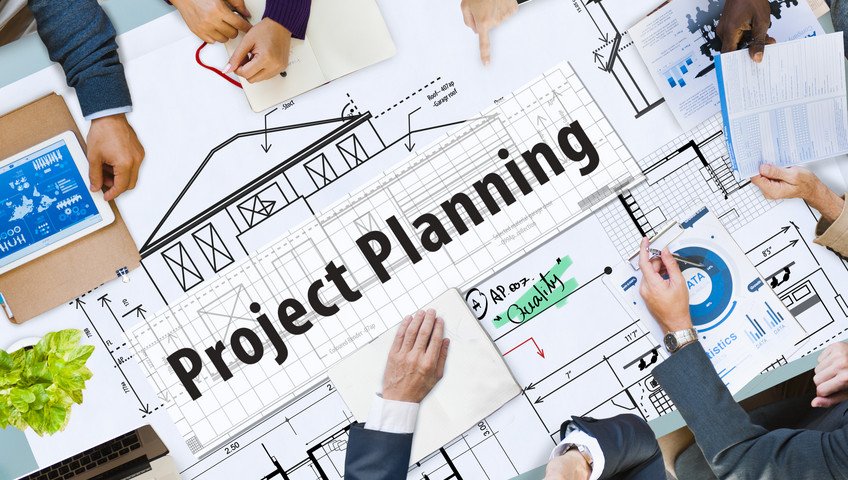
Leadership Through Learning: A Journey into JCI Masterclass Series 12
Leadership Through Learning: A Journey into JCI Masterclass Series 12 “Leadership and
Hospital Planning & Designing process – Elements often ignored…

In the world of hospital planning & designing, the concept of form follows function is still relevant but is becoming more of a cliche. At Medigence we believe in “Form follows Function – follows Strategy – follows Vision”

For most people, vision is just a hazy picture or figment of their imagination about the project. In most cases when stakeholders are asked what kind of hospital they want to build, their reply is a good hospital or a great hospital. Clearly defining the parameters of “good” or “great”, and getting deep into its specifics, is really important. The role of a healthcare consultant is to help stakeholders in clearly visualizing each aspect of their dream project, backed by strong evidence and reasoning. Your vision decides your strategy, and therefore it is important to write down your vision in words. You can write multiple visions about each aspect of your hospital project. For example; a vision about what type of patients you want to treat, what specialties you want to have, what level of service you want to provide, what type of patient experience you want to create, and more. There is no limit to what you can write about your vision, and the number of different visions you can have. The more, the merrier! A clear vision helps stakeholders identify, end results they want to achieve by manifesting their dream project into reality. This will give you clarity on many aspects of your hospital planning & designing process, and will also create a strong foundation for you.



Patient experience should be an integral part of your vision and strategy. Time has changed, and now each and every patient demands patient experience, no matter what economic background it comes from. Government schemes like Ayushman Bharat have put 5 lac rupees in the pockets of patients coming from the middle class or below. This has opened up a plethora of expectations in terms of quality of service and patient experience. Hospitals will have to be on their toes, catering to patients having mediclaims or other premium patients, ensuring them best in class services and patient experience. An easy and quick tip to creating a successful patient experience without increasing the budget substantially is to plan patient areas first, and then plan stakeholders area. For example while doing hospital planning & designing, make sure patient rooms, patient waiting areas, OPD waiting areas, patient washrooms, patient counselling rooms, patient related other areas are designed first. A complete 3D rendering of these areas should be ready, before stakeholder areas like OPD areas, doctor consulting rooms, doctor’s lounge and other such areas are planned. A move like this will ensure that a reasonable budget is allocated to patient areas, before allocating a hefty budget to other areas. Hiring someone who can help you with 360 degree patient experience can take care of this important mission.


Leadership Through Learning: A Journey into JCI Masterclass Series 12 “Leadership and

Build the Future of Healthcare Education with Confidence Build the Future of

Medigence successfully Organizes Advanced Practicum on NABH 6th Edition “Celebrating knowledge, commitment,